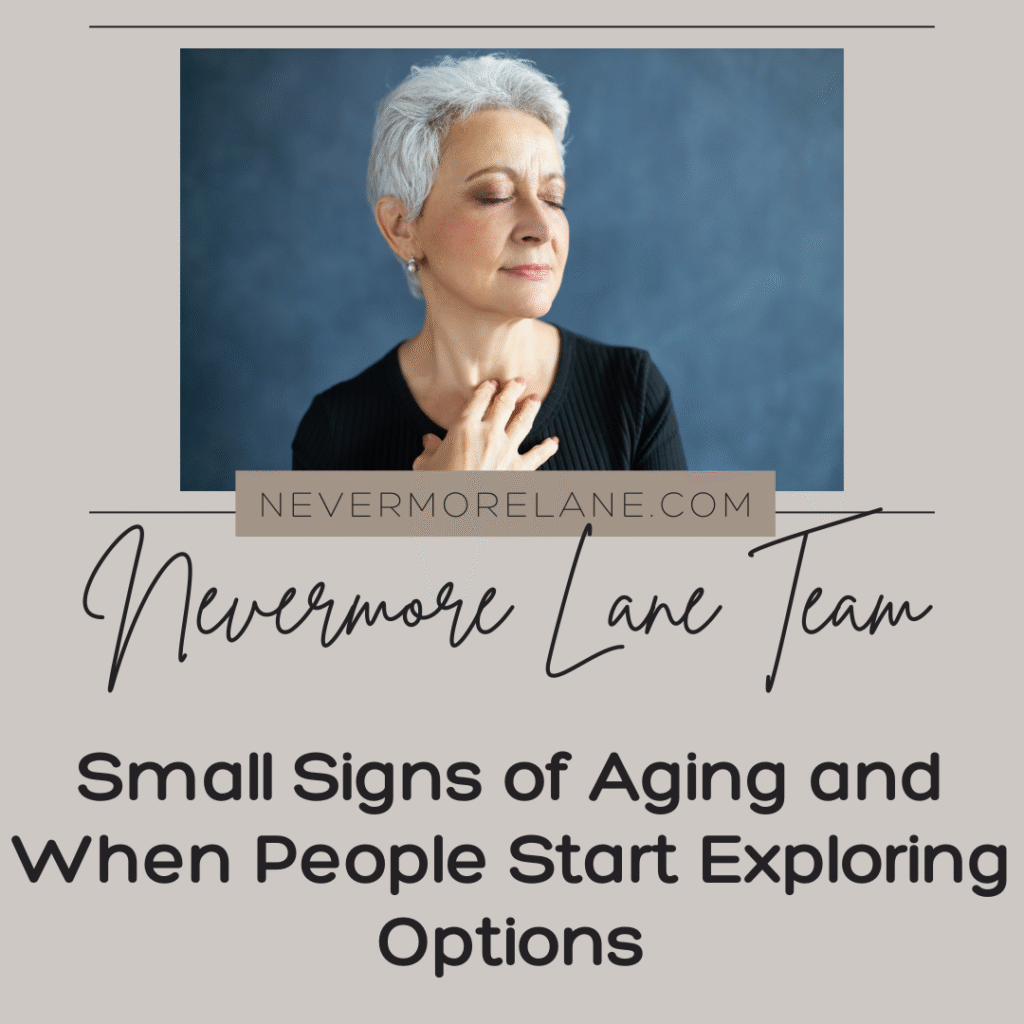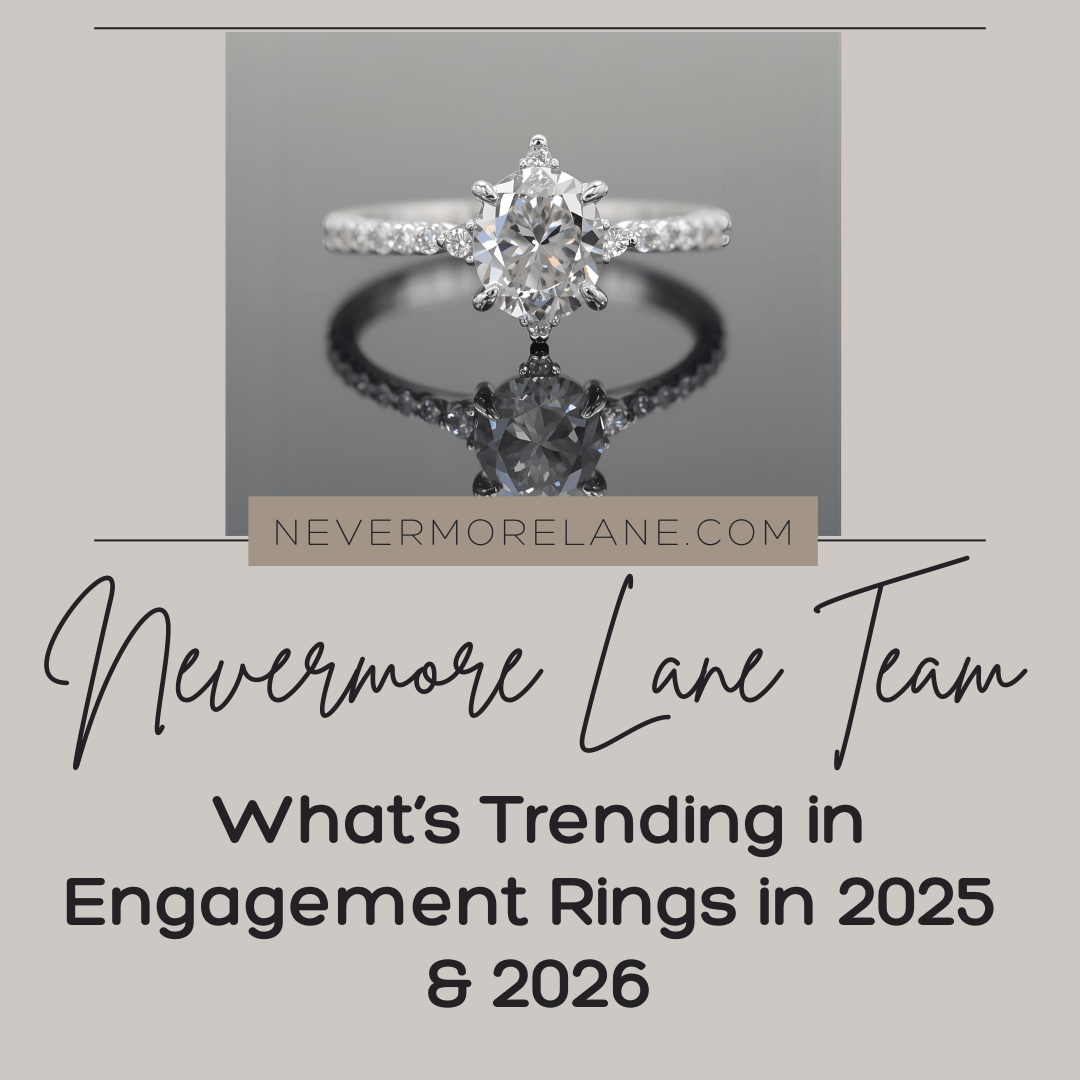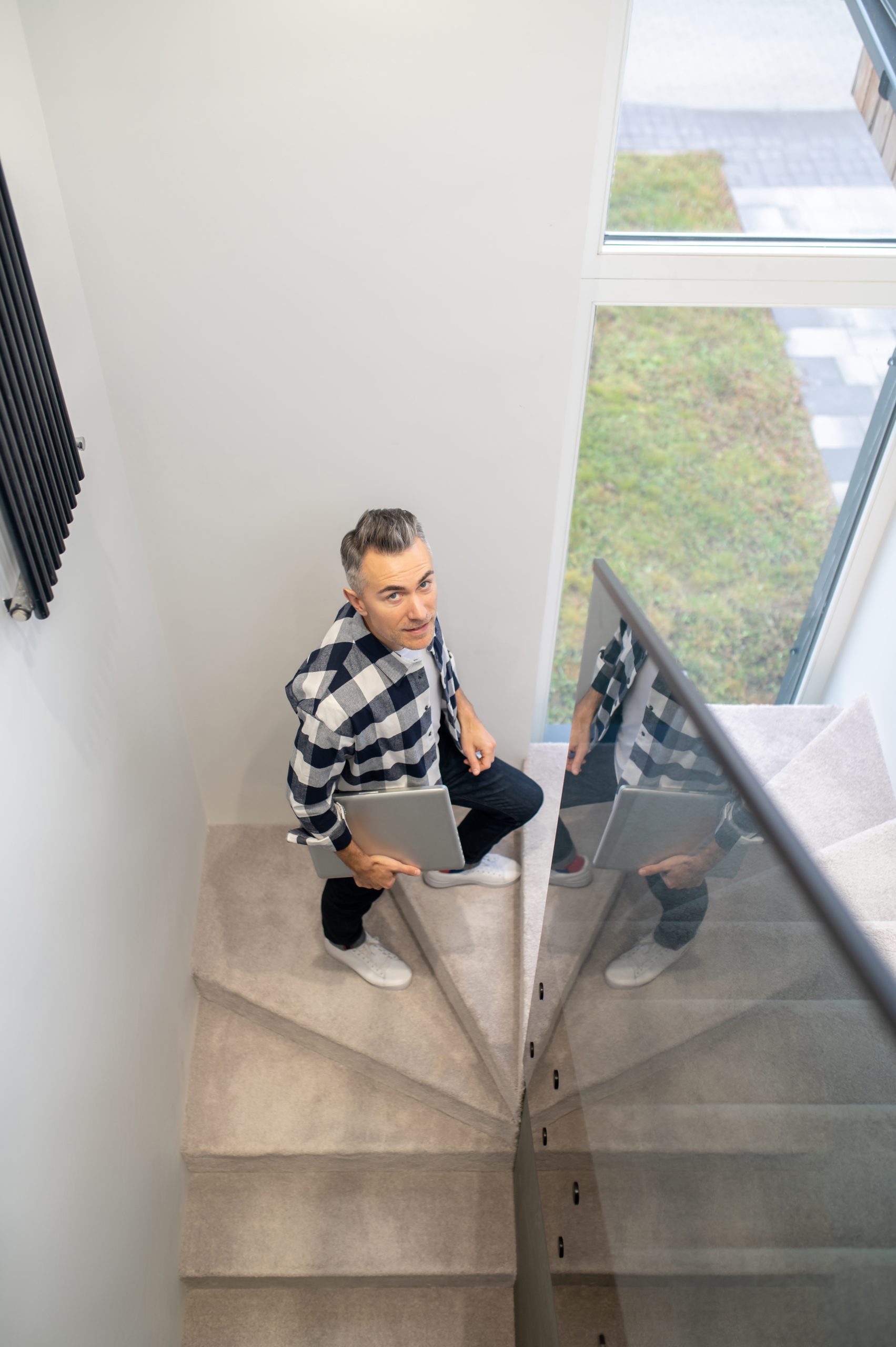Small Signs of Aging and When People Start Exploring Options
The bathroom mirror reveals a face that looks tired even after a full night’s sleep, subtle changes accumulating so gradually that pinpointing exactly when they appeared feels impossible. Fine lines around the eyes deepen into permanent creases, laugh lines linger long after the smile fades, and skin that once bounced back now shows every late night and stressful week. And in places like Beverly Hills, California, and other cities where the climate tends to be warm and dry, fine lines can sometimes appear sooner simply because dryness emphasizes texture.
These small signs of aging arrive quietly, usually in the late twenties or early thirties, marking the moment when youthful resilience begins yielding to the passage of time and the effects of sun exposure, stress, and genetics.
Most people don’t wake up suddenly deciding to explore anti-aging options. The consideration builds slowly through accumulated moments of noticing changes that don’t align with how young they feel inside. A photograph from five years ago shows a noticeably different face. Makeup no longer sits smoothly over skin texture.
Colleagues mistake exhaustion for the new normal appearance. These small observations accumulate until curiosity about available options overtakes hesitation about seeming vain or acceptance that aging is simply inevitable and untreatable.
The decision to explore aesthetic treatments represents a deeply personal choice with no right or wrong answer. Some people embrace every line as earned wisdom while others prefer maintaining the appearance that matches their internal vitality. Modern options range from simple skincare adjustments and preventive measures to minimally invasive treatments and surgical procedures, each offering different levels of intervention and results.
Understanding what drives people to begin this exploration and when these considerations typically surface helps remove judgment and shame from conversations about personal aesthetic choices.
The First Subtle Changes That People Actually Notice
Aging doesn’t happen evenly. Some features shift earlier than others.
Common early changes include:
- Softening jawline or lower-face definition. This is often one of the first things people notice in photos—especially from the side.
- Mild sagging or “tired look” around the cheeks and mouth. Even with good skincare, volume loss happens under the surface.
- Neck skin is becoming a little less firm. You don’t notice it daily—until one day you do.
- Expressions not matching how you feel. Someone asks if you’re tired, stressed, or upset when you feel completely fine.
These changes happen slowly. And because of that, they can feel strange—not upsetting, just unfamiliar.
When People Begin Exploring Cosmetic Options
Most people don’t immediately jump to procedures. They try skincare adjustments, facial treatments, or lifestyle changes first. But some signs of aging — like softening along the jawline or deeper folds — come from changes beneath the skin’s surface. That’s why, at a certain point, topical solutions can only help so much.
This is where facial rejuvenation procedures come into the conversation. One of the most well-known approaches for restoring structure and definition is a facelift in Beverly Hills — not to create a different face, but to gently reposition and support the natural contours that time has softened.
After someone becomes interested in this kind of refinement, they often begin looking for a surgeon who values subtlety and individuality. For example, Kevin Brenner, MD, FACS is known for focusing on natural balance and tailored treatment planning — where the face is assessed as a whole, including bone structure, tissue movement, and how expressions naturally flow.
A thoughtful surgeon will always consider:
- Your unique facial proportions
- Muscle and tissue support
- Skin elasticity
- How your expressions animate your features
The outcome should look like you, simply in a way that feels more aligned and refreshed — not altered.
Why Timing Matters More Than Age
There is no “right age” to start exploring facial procedures.
Some people begin noticing changes in their mid-30s; others much later.
But there is a pattern:
- Earlier exploration often means smaller, more natural adjustments.
- Waiting longer sometimes means more correction is needed later.
People often feel more comfortable considering treatments when the change is still mild because:
- Results look more natural when underlying support structures are still strong.
- Recovery is generally easier.
- Outcomes feel more like a continuation rather than a correction.
Think of it as maintaining, not reversing.
What People Want Today (And What They Don’t)
The mindset around cosmetic treatments has changed dramatically over the last decade.
Today, people want:
- Natural results
- Movement—not stiffness
- Features that fit their face
- A look that aligns with their personality, not a trend
What they don’t want:
- Hard angles
- Over-tightened skin
- A face that looks “done” or drastically different
People aren’t asking to look younger.
They’re asking to look like themselves, with the clock slowed down just a bit.
Questions People Commonly Ask Themselves Before Taking Next Steps
These are the conversations people have internally before ever reaching out to a professional:
- Do I want a subtle change or a noticeable change?
- Am I doing this for me, or to meet an external expectation?
- Will I still look like myself?
- What outcome would feel natural—not forced?
Good surgeons don’t push answers.
They help you find yours.
Thoughts for YOU
The first signs of aging are small—barely noticeable to others, often quietly meaningful to you. When those signs start affecting how you feel about your reflection, it’s natural to explore options.
And you don’t have to rush.
You don’t have to justify your reasons.
You don’t have to aim for dramatic change.
You only have to ask yourself one question:
“What would help me feel most like myself?”
When the answer is grounded in self-recognition—not pressure—every next step becomes clearer.
Honor Personal Choices Around Aging
Small signs of aging typically prompt exploration between ages twenty-five and forty-five, depending on genetics, lifestyle, and personal values. Early preventive measures including sunscreen, retinoids, and professional skincare often begin in the late twenties. Minimally invasive treatments like neurotoxin injections and dermal fillers become common in the mid-thirties. More significant procedures typically come later when noninvasive options no longer achieve desired results.
The spectrum of available options means everyone can choose their comfort level. Some prefer natural aging with excellent skincare. Others embrace preventive treatments that slow visible changes. Many wait until specific concerns become bothersome before seeking targeted solutions. No approach surpasses another in validity or wisdom.
Exploring aesthetic options stems from wanting outer appearance to reflect inner vitality and self-image. The choice belongs entirely to the individual free from outside judgment or pressure. Whether embracing lines as life markers or pursuing treatments that restore earlier appearance, both paths deserve respect. Aging happens to everyone, but how each person navigates that journey remains beautifully unique and entirely their own.






